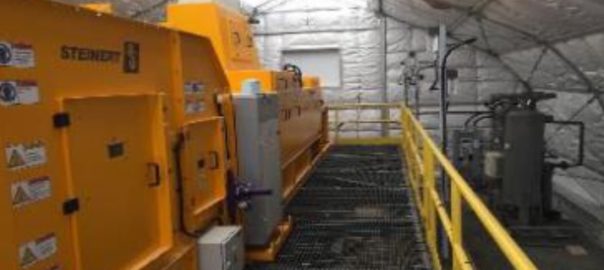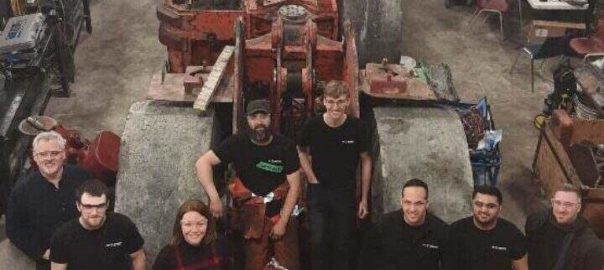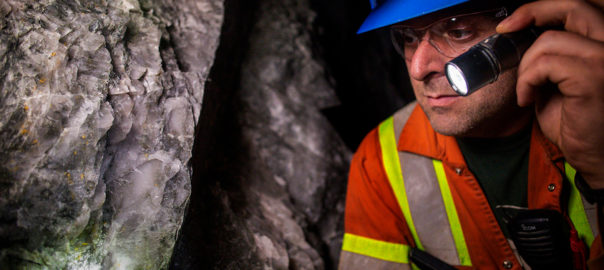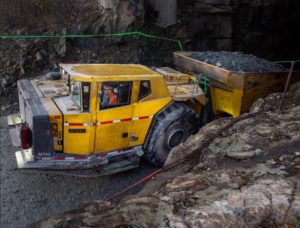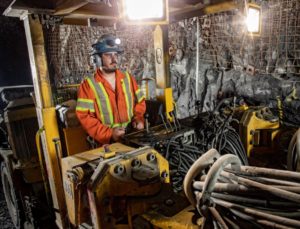Sandvik will transition to a more agile footprint in Ontario, Canada, to, it says, better serve customers throughout the province and reduce its carbon footprint.
The OEM plans for a “greener, more agile future” for its organisation in Canada and will begin the process of this transition in Ontario before the end of the year.
The company’s vision of its future operations in Canada is as an organisation that is flexible and can respond to customer requirements, wherever they may be, while minimising harm to the environment they operate in.
“This transition will not happen over night, but it begins with a few key changes that will support some more immediate needs of our customers and will jump start our sustainability initiatives,” Peter Corcoran, Vice President of Sandvik Canada, said.
Sandvik’s climate action plan includes offering customers carbon reduction pathways through battery-electric vehicle (BEV) technology, and reducing the carbon footprint from Sandvik’s own operations, and the company will take specific actions in Canada to address these goals.
“BEVs are a large part of Sandvik Canada’s sustainability plans,” Corcoran says. “We envision ourselves as an enabler of zero emissions-mining through our battery-electric offerings.”
In order to enable the industry’s transition to cleaner technology, investment is required in education to expand the industry’s capacity to maintain BEVs. These machines require a “unique technical skillset” to support as they have fewer mechanical components and more electrical components, Sandvik says. To support the transition to this cleaner technology, Sandvik has partnered with Northern College to develop a BEV technician education program and build a new generation of service specialists to support the industry in mining.
“This program is really a win-win for a cleaner industry and our communities,” Corcoran explains. “Servicing these machines requires specialised knowledge of both mechanical and electrical systems. We are investing in educating this next generation of service specialists because we forecast an increase in demand for technicians in this field in the future. We also want to invest in the local talent pool as the benefits of hiring locally and developing sustainable capacity in the community cannot be understated. This partnership addresses both of those areas.”
On top of this, physical footprints will be re-evaluated in Ontario throughout 2021, with a focus on the corporate head office in Mississauga, to improve energy consumption at Sandvik’s facilities. The company says it has already taken preliminary measures to improve energy consumption at its facilities such as switching to LED lightbulbs, and it will take more impactful measures in the coming months and years.
One such action is to consolidate its Kirkland Lake and Lively operations to leverage the established infrastructure in Lively and transition its Kirkland Lake resources into agile field service agents that are ideally situated to support the needs of BEV customers, it said.
The company anticipates this action will lead to an improvement in energy consumption and that the increased support in BEV field service will encourage more customers to consider a low-emissions solution like battery technology.








